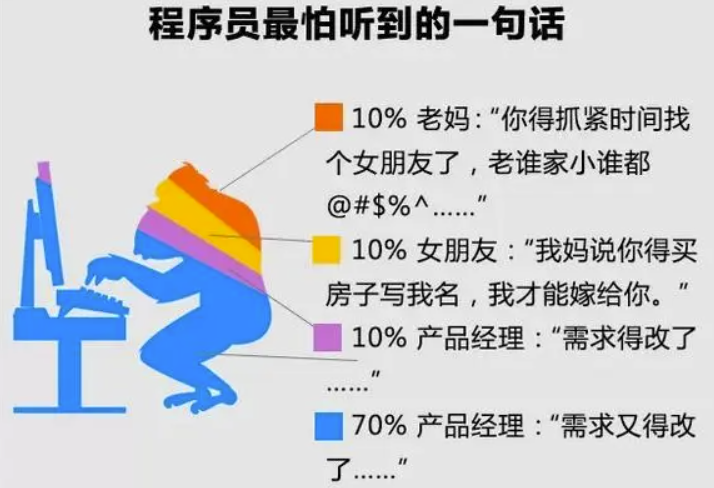- Introduction:
During my intercultural communication process, I connected with a Chinese partner through an online language exchange program. My partner’s name was Li and they were a college student studying English in China. We communicated for about two months, usually once or twice a week for about an hour each time.
- Cultural Knowledge Exchanged:
During our conversations, we exchanged cultural knowledge on a variety of topics such as food, holidays, customs, and traditions. Li shared with me their experiences celebrating Chinese New Year and the significance of traditional dishes like dumplings and fish. They also explained the concept of “face” in Chinese culture which emphasizes social status and reputation.
I shared some cultural knowledge about my own background as a Filipino-American, including traditional Filipino dishes like adobo and sinigang and the importance of family gatherings in Filipino culture.
We also discussed nonverbal communication styles such as maintaining eye contact during conversations as a sign of respect in Chinese culture.
- Analysis of Cultural Differences and Similarities:
Throughout our communication process, we observed both differences and similarities between our cultures. One major difference was the emphasis on indirect communication in Chinese culture compared to more direct communication styles in American culture.
Using Hofstede’s cultural dimensions theory, we can see that China scores higher on power distance (i.e., acceptance of hierarchical order) compared to the United States which indicates a greater emphasis on authority and status within society. This aligns with Li’s explanation of “face” culture where social status is highly valued.
On the other hand, both cultures place importance on family relationships and gathering together for meals or celebrations. This suggests a similarity in values around collectivism versus individualism which is another dimension explored by Hofstede’s theory.
- Tips/Feelings in Intercultural Communication:
Through this experience, I learned the importance of active listening and asking clarifying questions to better understand my partner’s perspective. I also experienced some culture shock when learning about the concept of “face” in Chinese culture and how it can impact relationships.
To succeed in intercultural communication, it is important to be open-minded, respectful, and adaptable to different communication styles and cultural practices. It is also helpful to do research on the other culture beforehand and approach conversations with curiosity and a willingness to learn.
Overall, my intercultural communication experience with Li was enriching and helped me appreciate the diversity and complexity of cultures around the world.



















